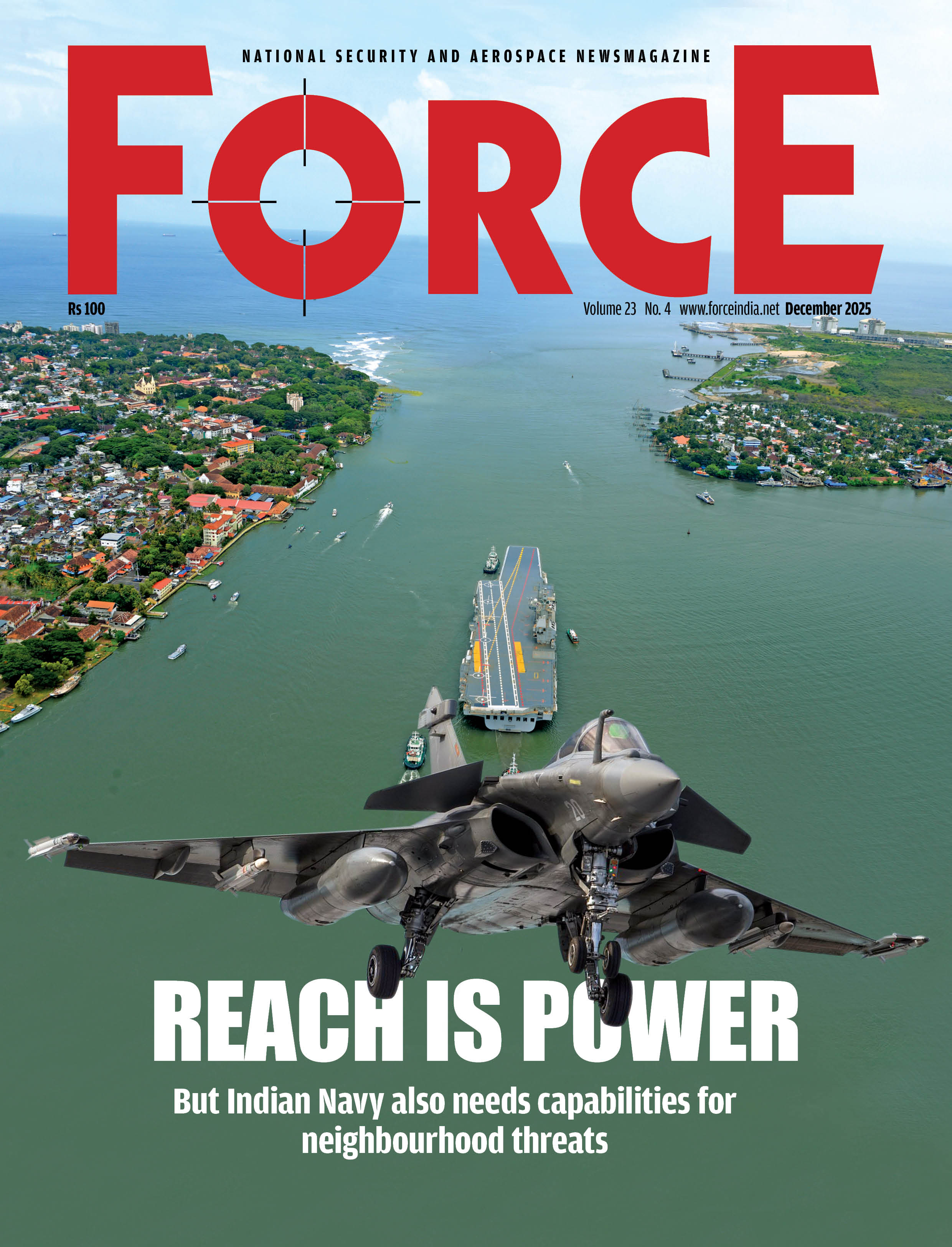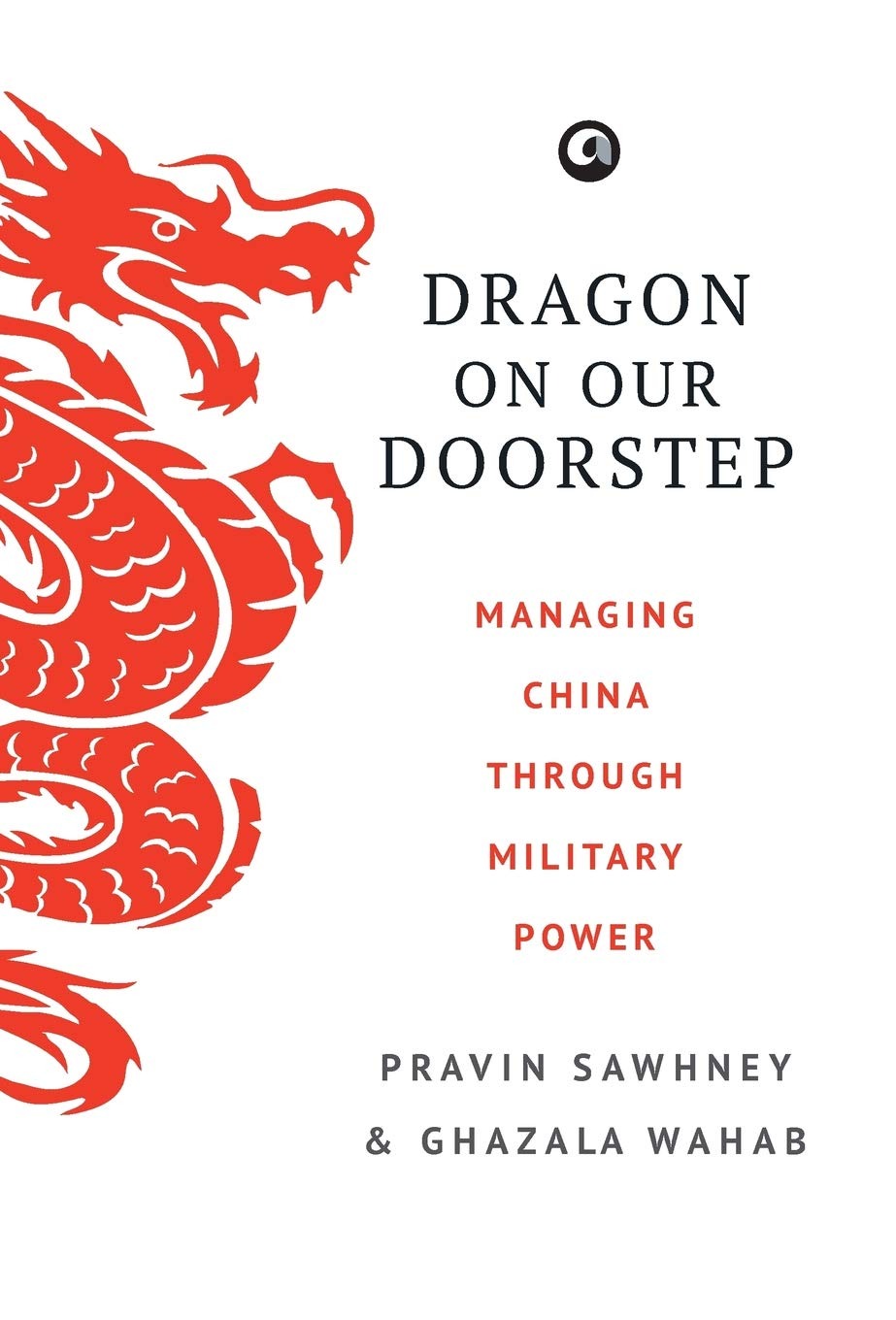At the Cutting Edge | October 2025
Operation Sindoor has brought to the fore how Indian air power has evolved
Junaid Suhais
In the pre-dawn darkness of 7 May 2025, the skies over the Line of Control (LC) ignited with a streak no radar could track until it was too late. Rafale jets tore through the silence, launching SCALP missiles and HAMMAR bombs on nine terror camps across Pakistan with surgical precision. In those few seconds, the Indian Air Force (IAF) made clear what decades of investment in stand-off strike capability meant in practice: reach without exposure, accuracy without attrition.
Launched in retaliation for a deadly terrorist attack on April 22 in Pahalgam, Jammu and
Kashmir, where 26 civilians, most of them tourists, were brutally killed
by Pakistan-based terrorists, the counterterror strategy, code-named ‘Operation Sindoor,’ became a live audit of the
IAF’s technological evolution. The operation witnessed
the IAF execute devastating
precision strikes against terrorist and military infrastructure in Pakistan,
reshaping regional strategic calculations, thereby
providing a battlefield verdict on the air-launched weapon
systems wielded by both nuclear-armed neighbours.
A Modern Air Combat Crucible
OperationSindoor,whichranfromMay7-10,wasamasterclassintheapplicationof
modern
Indian air power. The country’s strategy hinged on achieving air dominance
through the initial Suppression and Destruction of Enemy Air Defenses (SEAD/DEAD), followed by multi-pronged strikes
using a sophisticated mix of standoff weaponry.
The IAF unleashed a formidable array of air-to-ground munitions. The offensive
was spearheaded by the
supersonic BrahMos cruise missile, which struck key Pakistani airbases,
including the heavily guarded Noor Khan facility, with what sources
described as near one-meter accuracy.
Additionally,RafalejetslaunchedstealthySCALPcruisemissilesfordeep-strikemissionsagainst fortified targets, while other platforms deployed HAMMER precision-guided munitions and Israeli-origin
Spice-2000 bombs and Crystal Maze-2 missiles.
A critical
element of the operation was the effective use of loitering munitions, or ‘kamikaze’ drones. Israeli-made IAI Harop
and SkyStriker drones,
along with the indigenous Nagastra-1 making its combat debut, were
employed to hunt and destroy Pakistani radar and air defence systems, paving the way for manned aircraft. Operation
Sindoor demonstrated India’s
mature understanding of multi-domain
operations.
In contrast, Pakistan’s response highlighted its growing reliance
on Chinese military
hardware. The Pakistan
Air Force (PAF) deployed its J-10CE and JF-17 Block III fighters. In the air-to-air
domain, the Chinese-made PL-15 long-range missile
made its combat
debut, with Pakistan claiming to have downed
several Indian aircraft, including a Rafale, a claim India
has notconfirmed.
Nevertheless,debrisfromaPL-15wasreportedlyfoundinIndianterritory,confirmingitsusein the conflict. Pakistan also attempted retaliatory strikes using Fateh-2 guided rockets and Turkish-origin ‘YIHA’ kamikaze drones, which were largely neutralised by Indi
Subscribe To Force
Fuel Fearless Journalism with Your Yearly Subscription
SUBSCRIBE NOW
We don’t tell you how to do your job…
But we put the environment in which you do your job in perspective, so that when you step out you do so with the complete picture.







